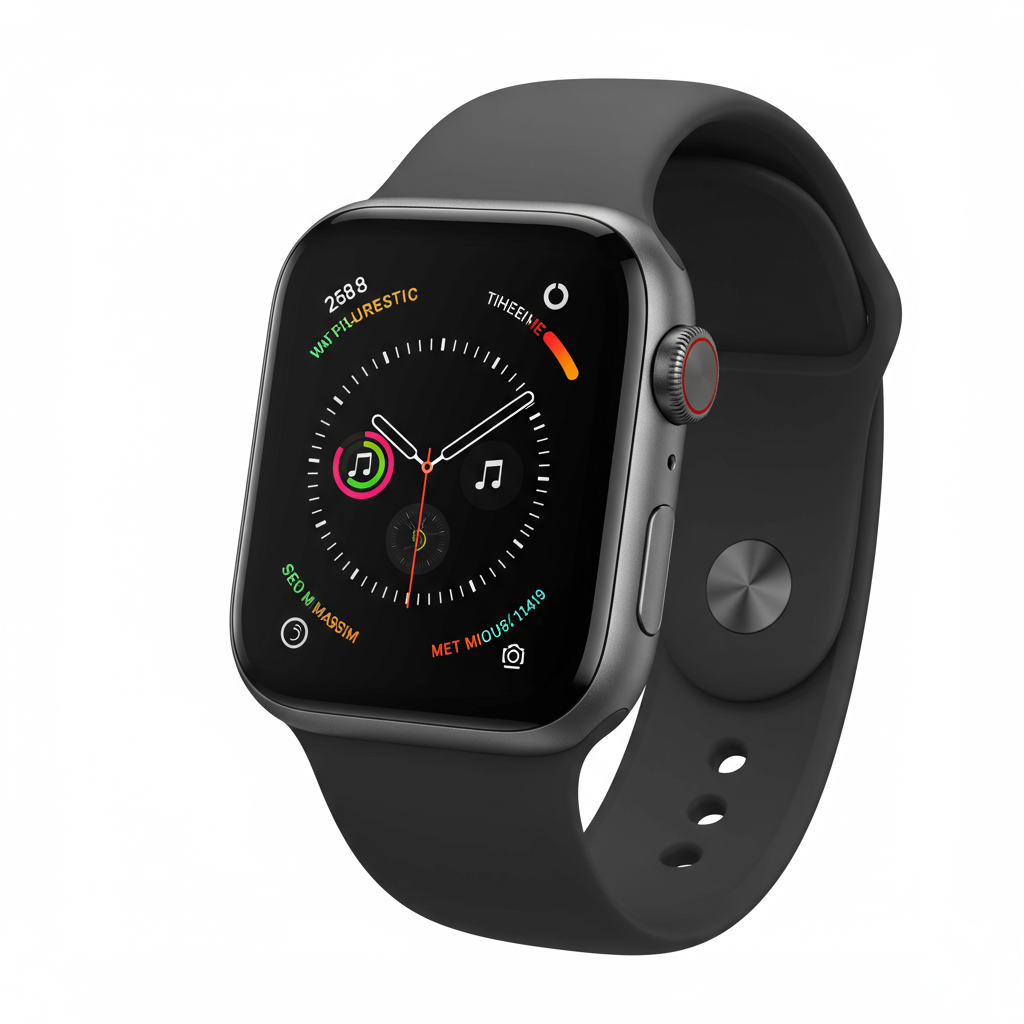Have you ever fumbled around searching for a lost item, like your keys or wallet, relying on a Bluetooth tracker that only gives you vague “signal strength” hints? It’s frustrating, akin to playing a game of hot-or-cold where the temperature gauge is wildly inaccurate. This imprecision is a common limitation of most current Bluetooth tracking technology.
However, a significant upgrade is on the horizon, and surprisingly, it’s arriving first on a wearable device. Google’s Pixel Watch 3 has quietly become the first known Android device to support a new, highly precise Bluetooth feature called Channel Sounding.
What is Channel Sounding and Why is it a Big Deal?
Channel Sounding is a core feature introduced in the latest Bluetooth 6.0 standard, announced by the Bluetooth Special Interest Group (SIG) late last year. Unlike traditional Bluetooth methods that merely estimate distance based on signal strength (RSSI), Channel Sounding employs a more sophisticated technique. It precisely calculates the distance between two devices by measuring the time it takes for signals to travel between them across multiple frequencies.
This “time-of-flight” measurement allows for remarkable accuracy – think centimeter-level precision or at least within half a meter. This is a massive leap over the unreliable signal strength approach currently used by the vast majority of Bluetooth trackers.
Moving Beyond Signal Strength and UWB
Today’s item trackers often rely on that imprecise signal strength method, making pinpointing a lost item indoors or in cluttered spaces a challenge. While Ultra-wideband (UWB) technology, found in devices like Apple’s AirTags and some high-end Android phones and trackers (like the Moto Tag), offers excellent spatial awareness and pinpoint accuracy, it comes with drawbacks. UWB requires dedicated hardware and antenna components, adding complexity and cost, which limits its adoption across the wider Android ecosystem.
Channel Sounding presents a compelling alternative. It leverages the ubiquity of Bluetooth, a technology present in virtually every modern mobile device and tracker. While it may not be quite as precise as UWB, its major advantage is that it can often be implemented through firmware or software updates on existing Bluetooth radios, rather than requiring entirely new hardware. This makes it a far more scalable solution for bringing improved tracking accuracy to a vast range of devices.
The Pixel Watch 3: An Early Adopter
Despite most Android phones (even recent Pixel models) currently lacking support for Channel Sounding, an analysis of the Pixel Watch 3 after its Wear OS 5.1 update revealed a key indicator: the device now reports support for the FEATUREBLUETOOTHLECHANNELSOUNDING Android feature flag. This confirms the Pixel Watch 3 has gained the capability for this precise tracking method, marking it as a frontrunner in the Android world for adopting this Bluetooth 6.0 feature.
It’s worth noting that the Pixel Watch 3, Google’s flagship smartwatch, already offers a sleek circular design, deep Fitbit health integration (including features like Readiness Score), comes in two sizes (including a new 45mm option), and features a bright AMOLED display with improved battery life (up to 36 hours with battery saver, matching some Apple Watch models). Adding precise location capability via Bluetooth further enhances its utility.
Capability Present, But Not Yet Active
While the Pixel Watch 3 now supports Channel Sounding at a firmware level, the feature isn’t actively being used yet. This is likely because precise tracking requires cooperation between devices, and the necessary software ecosystem isn’t fully in place.
Google is reportedly working on a dedicated Find Hub app for Wear OS. This app would be the logical platform to utilize Channel Sounding, dramatically improving the experience of locating compatible trackers that might not have UWB.
Furthermore, Google appears to be preparing the broader Android platform for this technology. Android 16 is expected to include generic ranging APIs, simplifying how apps like Find Hub can access and use different tracking technologies, including Channel Sounding. Android 16 also mandates a minimum performance standard for devices supporting Channel Sounding, requiring them to report distance accurately within +/- 0.5m at the 90th percentile at a distance of 1m. This ensures a baseline of reliability.
A Strategic Move for Android Tracking
Google’s decision to implement Channel Sounding on the Pixel Watch 3, even ahead of many Android phones, signals a strategic push. It lays the groundwork for enhancing the positioning capabilities of Android trackers and devices across the ecosystem without the need for expensive UWB hardware everywhere. This move aims to make Android’s item tracking capabilities more competitive against established solutions like Apple’s AirTag system, making it easier than ever to find your misplaced items with greater accuracy using your smartwatch or potentially future compatible Android devices.



